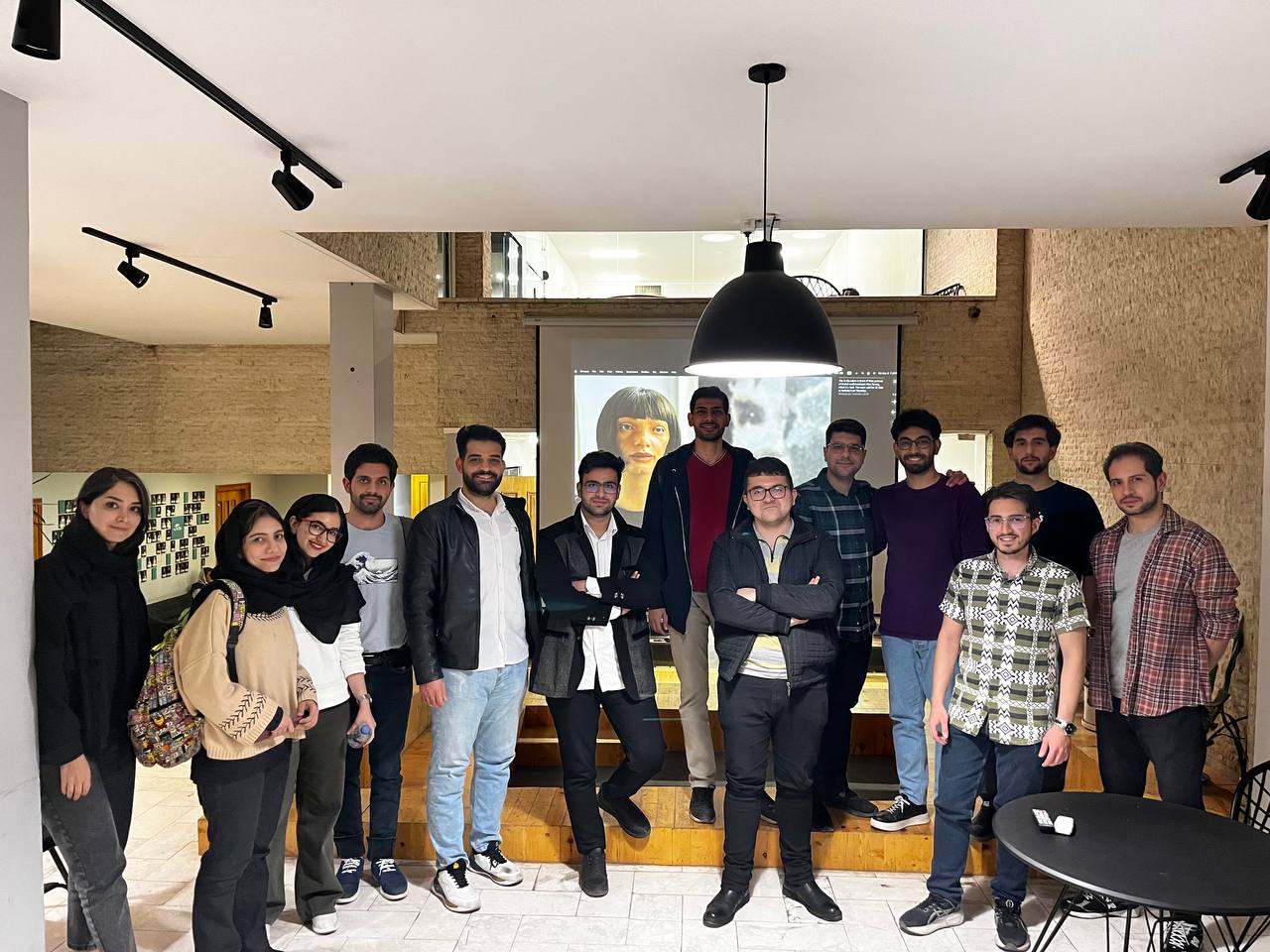
Session 1: Retrieval Augmented Generation (RAG)
Presenters
Retrieval Augmented Generation (RAG)
The meeting began by addressing why RAG is necessary, highlighting the key limitations of current generative models. These limitations include outdated knowledge, lack of long-tail information, potential private training data leaks, and hallucination problems. RAG emerged as a solution to these challenges by combining two essential components: a retriever and a generator, which work together to provide more accurate and contextually relevant responses based on available data.
The technical implementation of RAG was explored in detail, starting with the retriever component that performs similarity searches over data, computing similarity scores and reranking to find the top-k most relevant documents. The generation phase then takes these top-k documents along with the user query, combining them into a structured prompt for the generative model. This process helps ground the model's responses in specific, retrievable information rather than relying solely on pre-trained knowledge. The discussion covered various applications across different modalities, including text (for question answering and conversations), images (for generation and captioning), and videos (for captioning and dialogue).
The meeting concluded by addressing the practical challenges and tools involved in implementing RAG systems. Key challenges discussed included resource memory constraints, data ingestion complexities (particularly when dealing with complex data structures and noisy knowledge), chunking strategies, and retrieval optimization. The tools section highlighted popular vector databases like FAISS, Qdrant, and PineCone, as well as essential libraries such as LlamaIndex, LangChain, spaCy, and NLTK that facilitate RAG implementation. These tools provide the necessary infrastructure for building effective RAG systems while addressing the identified challenges.